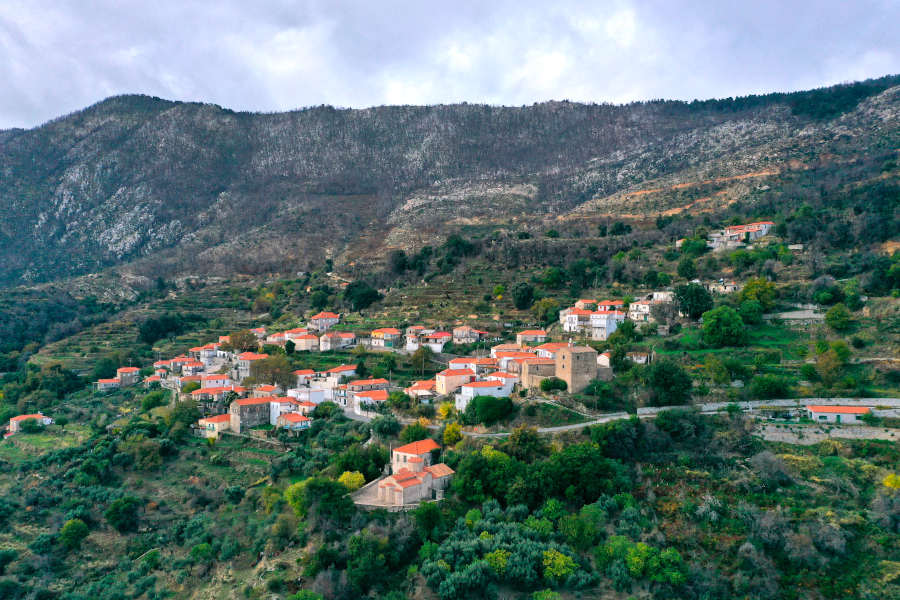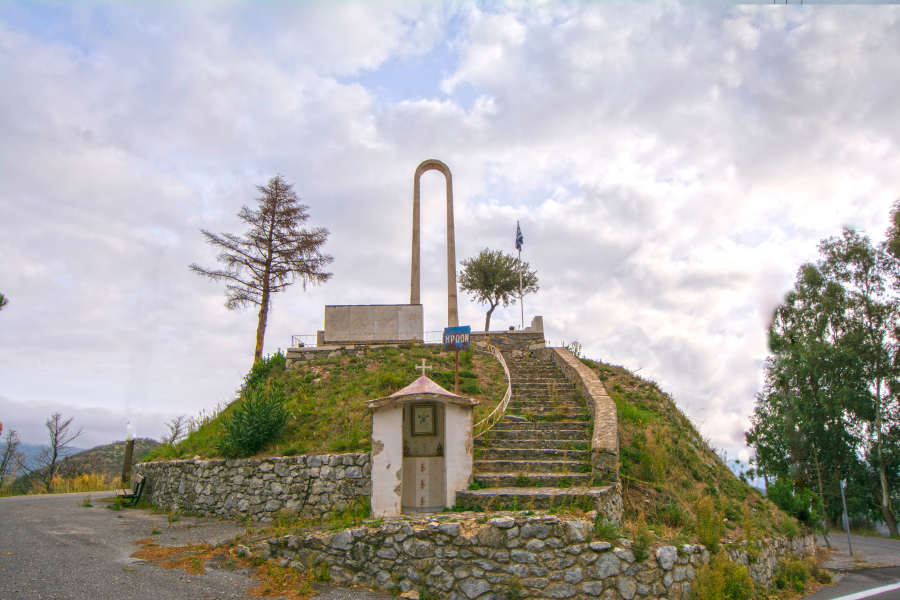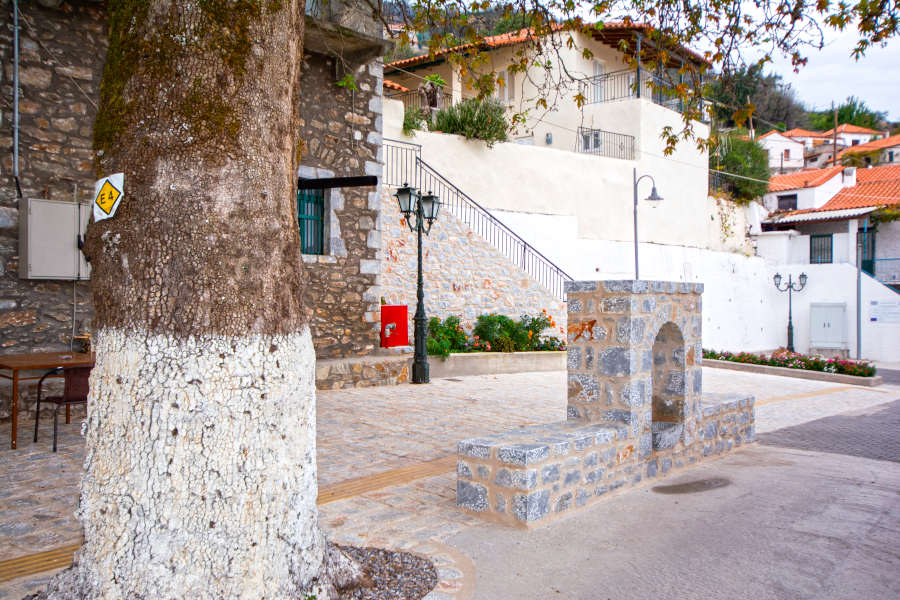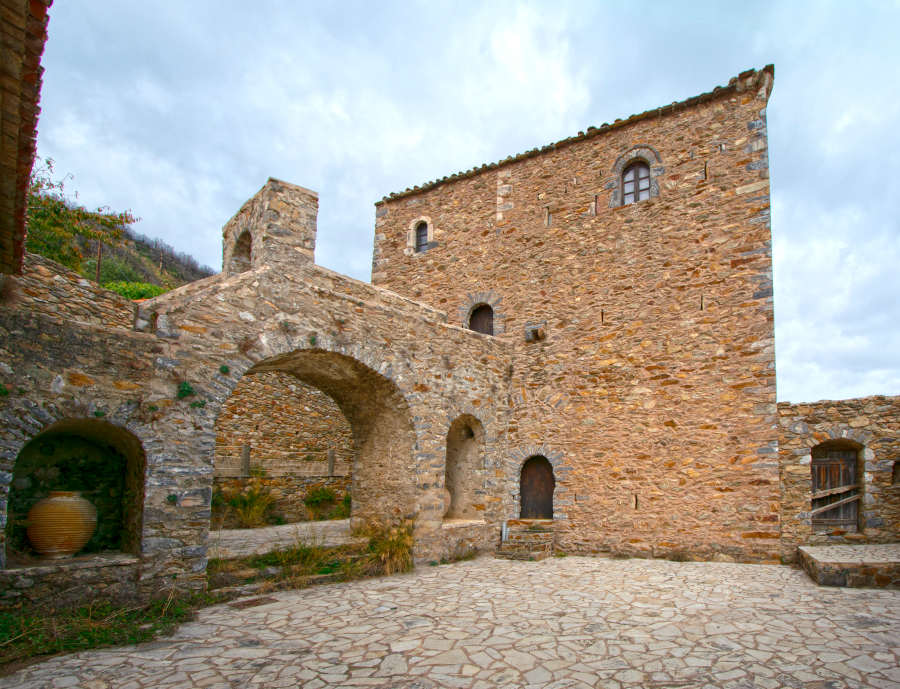
Kastania, Laconia or Kastanitsa or Mikri Kastania
Mount Taygetos is home to proud people, who chose to build their villages using the hard rocks of the mountain. On its southern slopes there is a small village that has gone down in history's most heroic pages; Mikri Kastania nestles on the sheltered slope and is the guardian and frontiersman of Mani. The village features fortified stone houses and narrow alleys and particularly the vantage point offering breathtaking views. Visitors can admire the distinctive and unique beauty of the Holy Church of the Transfiguration of the Saviour (Metamorfosi Sotiros), and the village's tower houses with their strong walls that protected the fighters on many occasions and repelled the raging attacks of the conquerors. Walking along old paths from here, one can visit the chapels of Saint Stratigas and Saint Nikolakis, while from the Church of the Holy Virgin Mary one can gaze out over the surrounding villages and the Castle of Bardounia. The holy summit where the Holy Monastery of Our Lady of Healing (Panagia Giatrissa) is located can be reached by hiking along the uphill path or by taking the highway, getting you to a place where you can see both gulfs of Messinia and Laconia at a single glance.

The land offers exceptional agricultural products on the hanging terraces of the steep slopes that, through human effort, become of unique value.

A local Community of the Municipal Unit of Sminos of the Municipality of East Mani, Laconia. Maniots called it Mikri Kastania or Kastanitsa to distinguish it from Kastania in Exo Mani.
It is located on the south-east slopes of Mt. Taygetus, 28 km to the west of Gytheio, at an altitude of 780m. The location of the hamlet and the geography of the area’s landscape offer natural advantages for a stronghold, which is why Kastania is associated with significant historical moments.

The villages Archontiko, Melissa, Kokkina Louria, Agios Nikolaos, Selegoudi and Kastania belonged to Mani during the second Ottoman Occupation (1715-1821), and were under the ‘kapetania’ (rule-captaincy) of Panagiotaros Venetsanakis’, because only Greeks lived there and no Tourkobardouniot tower was ever erected there; the villages were separated from the rest of the Bardounia villages by the River Smynos.

The residents of Kastania have worked in traditional olive tree cultivation and nomadic animal farming. Due to the nature of the soil and the sloping embankments, olive trees are grown on terraces (drystone ‘steps’) and produce olive oil of unique quality. The combination of the mountainous biodiversity and the Mediterranean climate makes local flora ideal for producing excellent animal products.

Experience here the beauty of harsh mountain life, in a historic landscape where the rumblings of wars and the joys of freedom are still alive.


